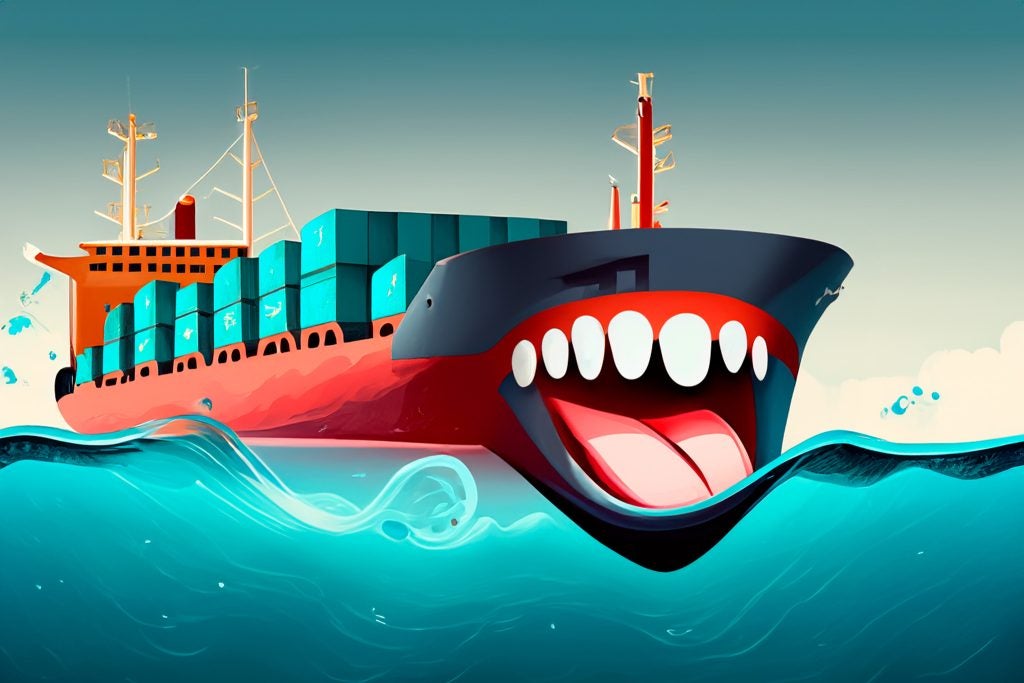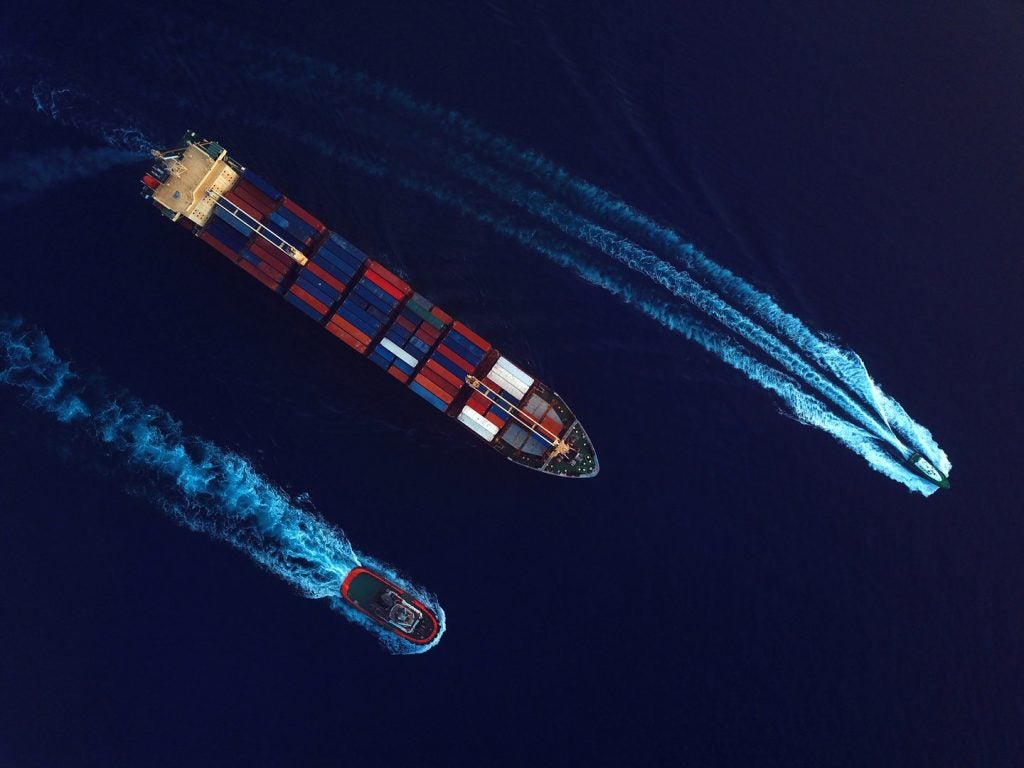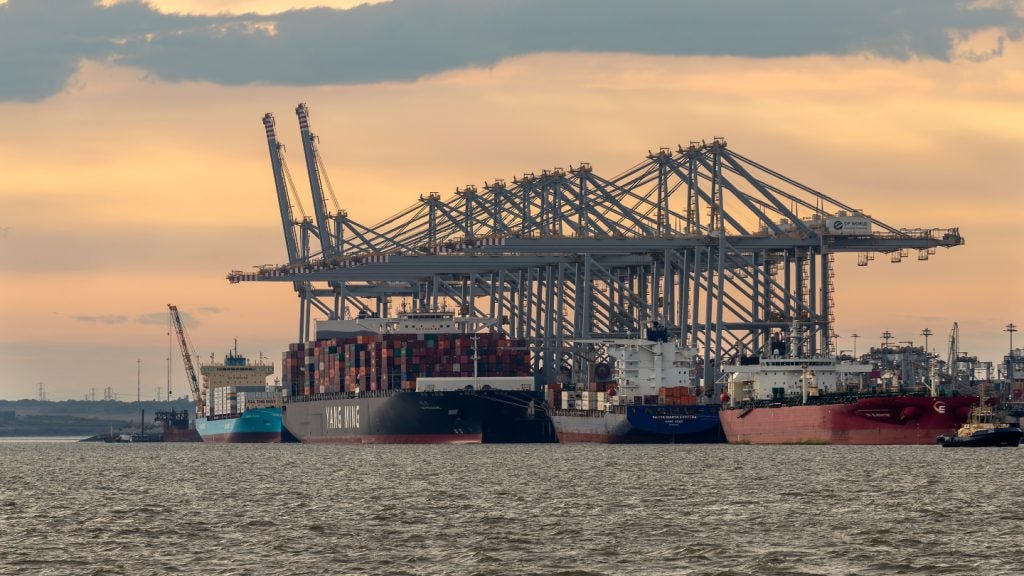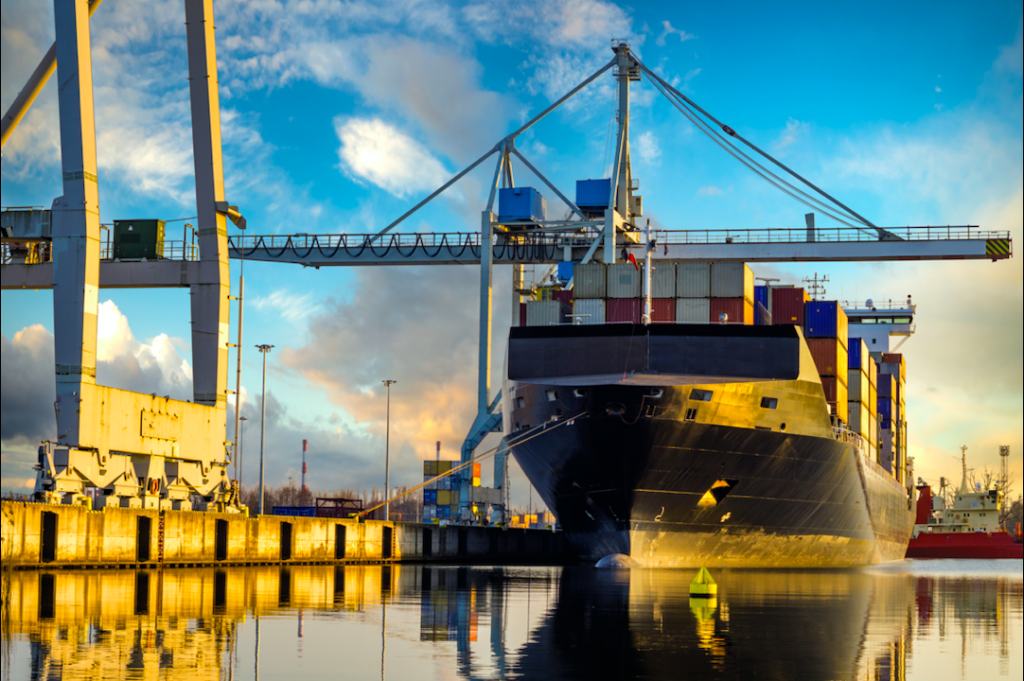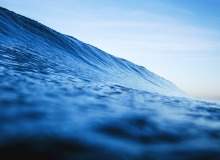

Rogue waves are, without question, one of the most disturbing phenomena that can arise at sea. Also known as episodic waves – or, more descriptively, monster waves – they can measure several times higher than the waves around them, leaving destruction in their wake.
In 1919, the explorer Ernest Shackleton gave a compelling account of a mystery wave he had encountered three years earlier:
“During twenty-six years’ experience of the ocean in all its moods I had not encountered a wave so gigantic. It was a mighty upheaval of the ocean, a thing quite apart from the big white-capped seas that had been our tireless enemies for many days… White surged the foam of the breaking sea around us. We felt our boat lifted and flung forward like a cork in breaking surf. We were in a seething chaos of tortured water; but somehow the boat lived through it, half full of water, sagging to the dead weight and shuddering under the blow.”
Arousing interest
While Shackleton lived to tell the tale, not everyone has been so lucky. Between 1985 and 2005, around 200 supertankers and large container ships sank in extreme weather, with rogue waves implicated on several occasions. While modern ships can easily withstand most large waves, these waves break with disproportionate force, far beyond the expectations of ship designers.
“They can happen anywhere in the ocean, and can cause accidents. People don’t see the big rogue waves coming up to the shore because the waves break before then, but you do hear examples of lighthouses being hit and damaged and ships being capsized,” says Arun Chawla, a physical scientist at NOAA’s National Centers for Environmental Prediction.
How well do you really know your competitors?
Access the most comprehensive Company Profiles on the market, powered by GlobalData. Save hours of research. Gain competitive edge.

Thank you!
Your download email will arrive shortly
Not ready to buy yet? Download a free sample
We are confident about the unique quality of our Company Profiles. However, we want you to make the most beneficial decision for your business, so we offer a free sample that you can download by submitting the below form
By GlobalDataHowever, because rogue waves are so uncommon and hard to track, they eluded scientific analysis for many years. Marine folklore abounded with stories, but their existence was disputed until as late as 1984. That year, a rogue wave, 11 metres high, was recorded at the Gorm platform in the central North Sea.
On New Year’s Day 1995, any remaining doubt was eradicated. An enormous freak wave, with a maximum wave height of 25.6 metres and peak elevation of 18.5 metres was recorded at the Draupner platform off the cost of Norway, more than twice the significant wave height in the area.
This piqued the interest of the scientific community: what were these anomalous waves, how were they formed, and most importantly how could they be forecast, if at all?
Disputed cause
Of course, if ships are going to stand any chance of avoiding these waves, it will be necessary to have some advance warning. However, the precise causes are still a matter of debate, meaning they are difficult to model mathematically. Unlike tsunamis – which are caused by large-scale displacement of water following a movement in the ocean floor – rogue waves are not due to any land disturbance, but stem from circumstances within the ocean itself.
As Professor Frédéric Dias, a mathematician at University College Dublin explains, the most commonly cited mechanism is ‘modulational instability’, which occurs when a long channel of waves, moving in the same direction, reinforce each other through non-linear processes.
“It involves instabilities of wave trains: one wave can steal energy from the others to become huge,” Dias says.
He does not fully endorse this explanation, however. While the mechanism has been clearly observed in laboratory experiments, he says if it were true of the ocean we’d expect to see more rogue waves than we actually do. Conversely, if rogue waves were a purely linear phenomenon, we wouldn’t expect to see as many.
“Our recent findings show that the answer seems to be in between: waves in the ocean are weakly non-linear. In non-linear models, wave components do not simply add up – they interact with each other and can generate higher harmonics, which modify the statistics,” he says.
Professor Francesco Fedele of Georgia Tech dismisses the idea of modulational instability, describing rogue waves as “just a bad day at the ocean”.
“Waves coming from many directions constructively interfere, to pile up in the form of a huge wave,” he says. “Of course, for such an extreme to happen all the waves must meet in a specific way. This can happen but rarely, meaning rogue waves are just bad luck.”
He attributes their apparent rarity to limitations in our modes of observation, pointing out that over a given area, the maximum wave surface height will be larger than what’s observed at any single point.
“The occurrence of an extreme wave is analogous to that of a big wave that a surfer searches for and always finds. Indeed, his likelihood of encountering a big wave increases if he moves around a large area instead of waiting to be hit,” says Fedele.
Prediction tools
With the research community split, a group of scientists at Massachusetts Institute of Technology (MIT) have taken a different tack. They recently developed an algorithm designed to provide some advance warning, based on what happens when a group of waves cluster together and begin to exchange energy. Through a mix of statistical data and non-linear dynamics, the team have been able to predict which groups of waves are likely to go rogue.
This involves tracking two parameters: the wave group’s length and height. The algorithm, which sifts through oncoming data to find unusual wave clusters, can compute a probability that a rogue wave will build up within the next few minutes, giving sailors the time they need to shut down essential operations.
The technique – which will require ships to use high-resolution scanning technologies like radar – has the advantage of being highly practicable and efficient. Because it looks solely at suspect groups of waves, rather than tracking every individual wave in a body of water, it is quicker and less computationally expensive than current attempts to chart the development of rogue waves.
Further tests in wave basins will be necessary to see how the tool performs in realistic conditions, but for now the study, published in the Journal of Fluid Mechanics in February 2016, is causing a stir across the research community.
NOAA, meanwhile, has been working with the University of Maryland to develop probabilistic models. Chawla says that, as tracking methods become more sophisticated, it will become easier to find rogue waves in nature and to improve forecasting methodologies.
“We’re looking to develop a probability index that gives a fairly accurate estimate,” he says. “It won’t say exactly when it will occur but will give a high probability, like how lightning prediction indexes can give a high probability that lightning will strike in the area.”
Of course, this is a relatively new field of research, with the precise causes hotly debated and data hard to obtain. However, with multiple research programmes underway, it seems clear that rogue waves are no longer just the stuff of freak folktales. In the not too distant future, ships unlucky enough to meet one may well have the warning they need to pull themselves out of harm’s way.



